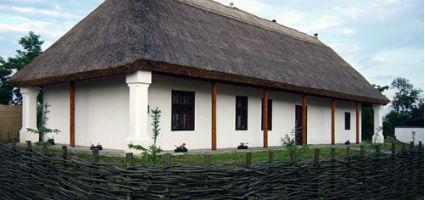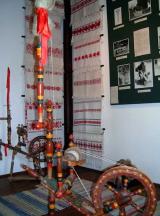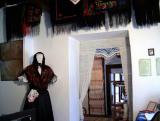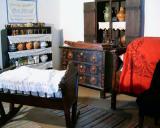2024. November 21. Thursday
Nagy Dezső Cultural center and Village Museum - Cigánd
 |
Address: 3973, Cigánd Fő u. 54.
Phone number: (47) 534-012
E-mail: muvhazcigand@gmail.com
Opening hours: Prior notice via telephone: +36 (47) 534-012, at weekends and on holidays on the phone number +36 (70) 626-8280 as well as the address of the County House anytime.
|
The Village Museum of Cigánd revives the process of how the village became town in the 1920's. The Village Museum is the result of reconstruction. It was originally divided into a room, porch, chamber and was built in the 1900's. Because the yards were too small, the so-called long yards that connected many houses were formed in Cigánd.



